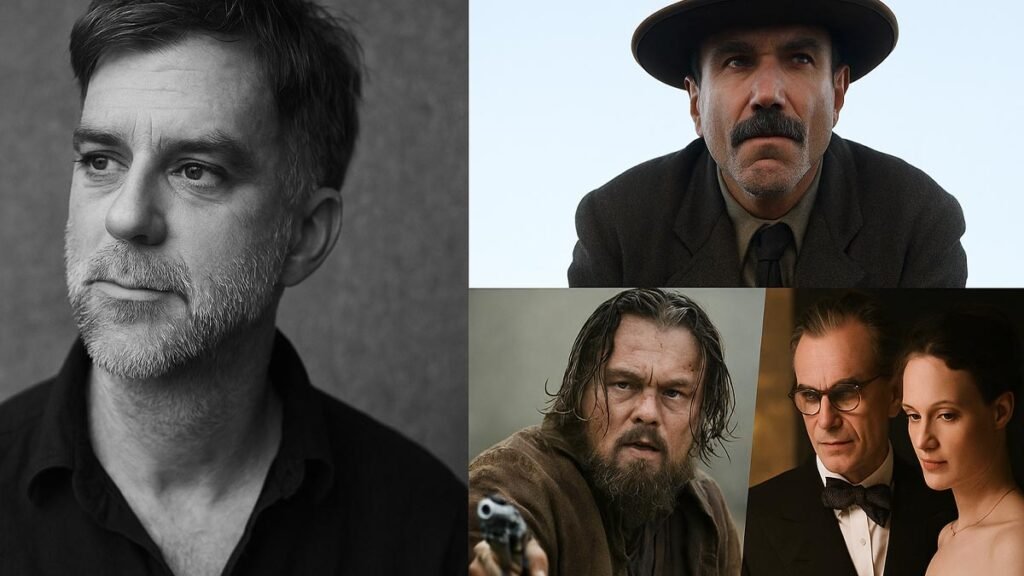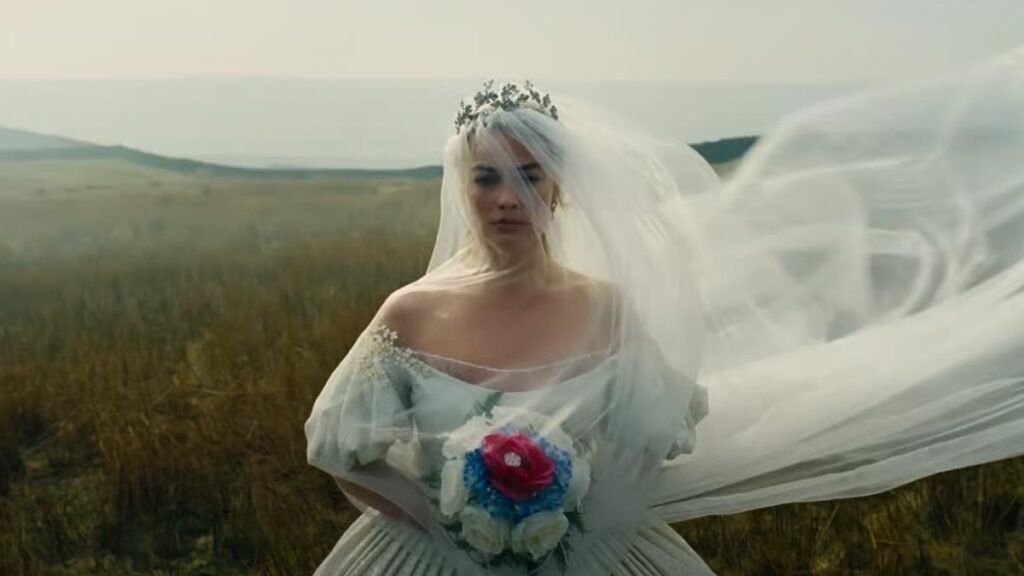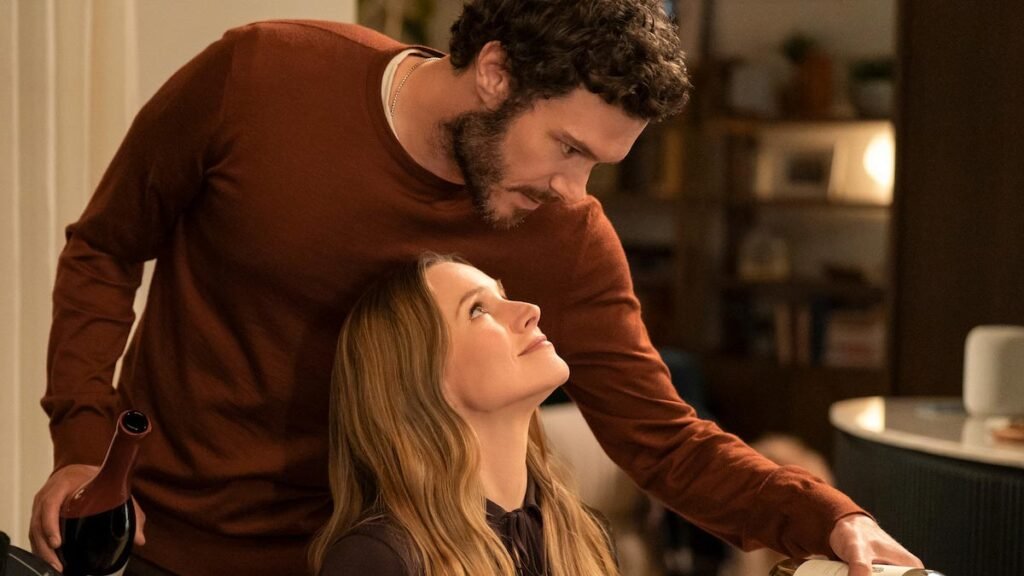Few modern directors command as much respect as Paul Thomas Anderson. From the indie grit of Hard Eight to the sprawling ambition of There Will Be Blood and the recent chaos of One Battle After Another (2025), Anderson has created eleven films that have shaped contemporary cinema. Known for themes of power, love, obsession, and flawed human ambition, his works range from quiet romances to political allegories. With his newest release shaking up critical rankings, here is a definitive look at every Paul Thomas Anderson movie, ordered from worst to best.
Hard Eight (1996)
Anderson’s debut, Hard Eight, set the stage for his career. Originally titled Sydney, it follows a weary gambler (Philip Baker Hall) mentoring a young drifter. While modestly budgeted, it revealed Anderson’s instinct for character-driven storytelling. The restrained pace and minimal style feel distant from his later grandeur, but traces of his signature themes — mentorship, trust, and betrayal — are already visible. Critics considered it promising, though in hindsight it feels more like a warm-up for the masterpieces to come.
Inherent Vice (2014)
Adapting Thomas Pynchon’s labyrinthine novel was always going to be risky, and Anderson’s Inherent Vice embraces the chaos. Joaquin Phoenix plays Doc Sportello, a stoner detective stumbling through conspiracies in 1970s California. The hazy storytelling and shaggy pacing frustrated some viewers, yet others praised its fidelity to Pynchon’s spirit. Over time, it has gained cult status as an offbeat noir comedy, though it remains divisive. Its placement near the bottom reflects its brilliance in parts but lack of cohesion compared to Anderson’s best.
Licorice Pizza (2021)
Returning to the San Fernando Valley of his youth, Anderson crafted Licorice Pizza, a nostalgic yet bittersweet tale of first love. The film stars Cooper Hoffman and Alana Haim as two unlikely companions navigating 1970s Los Angeles. Warm cinematography and period detail earned it critical praise and multiple Oscar nominations. Yet its loose structure and uneven tone left some audiences unconvinced. Charming, tender, and memorable, it is a personal film for Anderson but not his most powerful.
Punch-Drunk Love (2002)
A surprise departure, Punch-Drunk Love paired Anderson with Adam Sandler in a role unlike anything he had done before. The film centers on Barry Egan, a socially anxious man who stumbles into both love and danger. Stylized bursts of color, sudden violence, and Jon Brion’s score give the movie an unpredictable rhythm. Critics were divided initially, but it is now recognized as one of Anderson’s most inventive films, showing his ability to strip down to an intimate scale while retaining emotional impact.
One Battle After Another (2025)
The latest addition to Anderson’s canon, One Battle After Another, is already sparking heated debate. Starring Leonardo DiCaprio as a former revolutionary drawn back into conflict, the film combines political satire, family drama, and action spectacle. Critics have praised its relentless energy and allegorical edge, with some calling it one of the boldest films of the year. Others argue it is uneven, swinging between chaos and brilliance. Regardless, its ambition marks a new phase in Anderson’s career, showing he can operate on a blockbuster scale without sacrificing artistry. Early rankings place it mid-tier, but its legacy may rise with time.
Magnolia (1999)
Anderson’s third feature, Magnolia, remains one of the most ambitious ensemble dramas of the 1990s. Spanning three hours and intertwining multiple storylines of loss, redemption, and coincidence, it brought together Tom Cruise, Julianne Moore, and Philip Seymour Hoffman in a deeply emotional mosaic. Its audacity — including the famous frog-rain sequence — polarized critics, but many regard it as a modern classic. It stands as a testament to Anderson’s willingness to push cinematic form to its limits.
The Master (2012)
With The Master, Anderson created a haunting portrait of postwar America and the hunger for belief. Joaquin Phoenix and Philip Seymour Hoffman deliver magnetic performances as a damaged veteran and a charismatic leader. The film’s meditative pacing and striking 70mm visuals give it an austere beauty. While challenging, it has been praised for psychological depth and ambiguity, cementing Anderson’s reputation as a filmmaker unafraid of difficult questions. Today it is regarded as one of his richest and most enduring works.
Phantom Thread (2017)
Set in the world of 1950s London haute couture, Phantom Thread pairs Daniel Day-Lewis with Vicky Krieps in a quietly intense battle of love and control. The film is as precise and tailored as its costumes, with Anderson’s restrained direction matching Day-Lewis’s meticulous character. What begins as a romance evolves into a sharp power struggle, layered with elegance and menace. Critics hailed it as one of Anderson’s most refined films, earning six Oscar nominations. Its craftsmanship and emotional subtlety keep it high in the rankings.
Boogie Nights (1997)
Anderson’s breakout film, Boogie Nights, catapulted him into Hollywood’s spotlight. Chronicling the rise and fall of a young porn star in 1970s California, the movie is equal parts exhilarating and tragic. With kinetic camerawork, a pulsating soundtrack, and a memorable ensemble, it established Anderson’s bold style. The film was widely acclaimed and remains a cultural touchstone, capturing both the glamour and the darkness of its era. For many, it was the first indication that Anderson would become one of America’s great directors.
There Will Be Blood (2007)
Often called Anderson’s masterpiece, There Will Be Blood is an epic tale of greed, ambition, and the corrupting force of power. Daniel Day-Lewis’s portrayal of oilman Daniel Plainview is widely regarded as one of cinema’s greatest performances. Coupled with Jonny Greenwood’s haunting score and stark cinematography, the film achieves a near-mythic intensity. It is not only Anderson’s best work but also one of the defining American films of the 21st century. Its influence continues to shape how modern cinema tackles themes of capitalism and morality.


